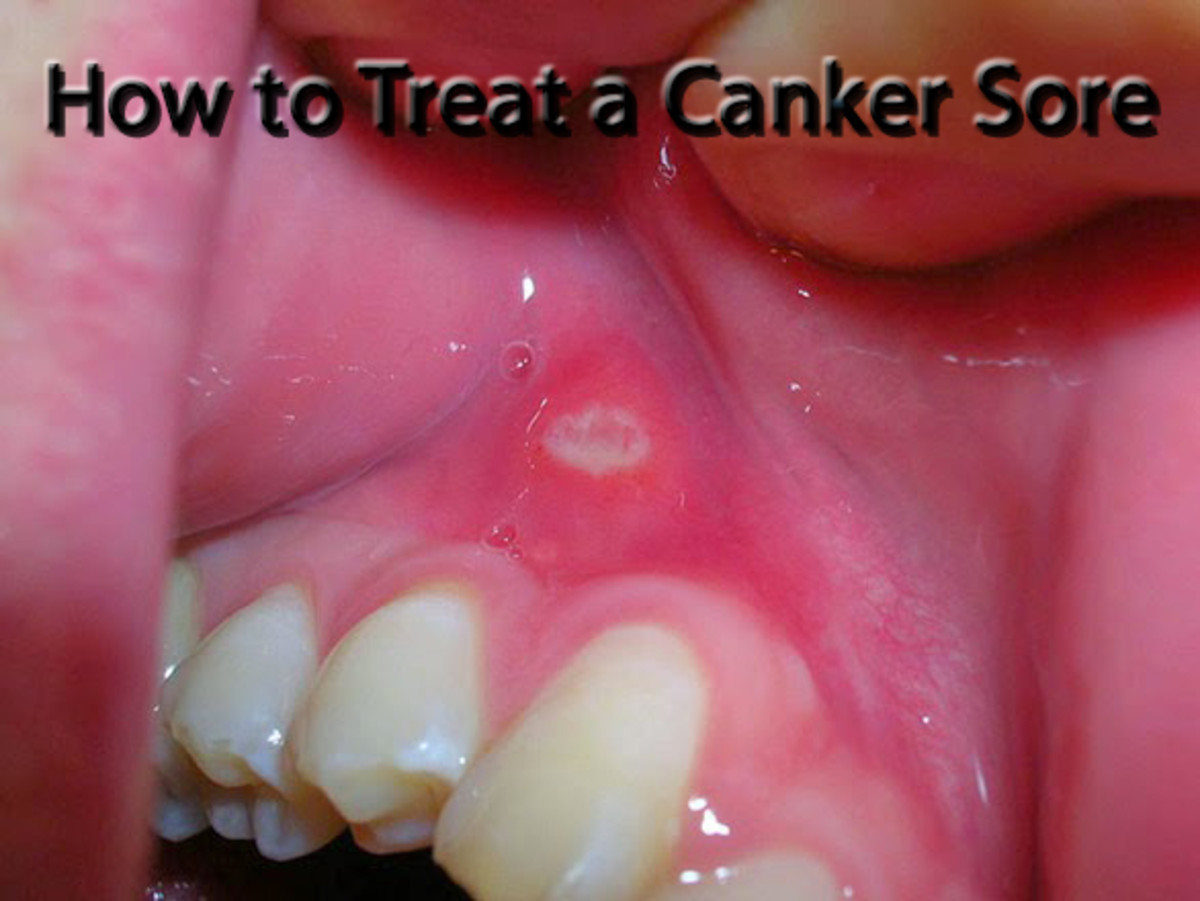How to Choose the Best Sunscreen
Why Is Sunscreen Important?
One million Americans will be diagnosed with skin cancer this year and each year in the foreseeable future. Exposure to the harmful rays of the sun is the single most important preventative measure you can take to reduce your chances of skin cancer. Sunscreens and sun block products aid in your skin prevention goals.
Melanoma, a sometimes deadly form of skin cancer, can be caused by exposure to the sun. A single incident in a child or adolescent's life of a blistering sunburn doubles the risk of developing melanoma as an adult.
The sun's rays also can cause premature aging and wrinkling of the skin. We all know the town's "alligator lady," the one who suns herself religiously, but whose skin has the texture of leather. Sunscreen and sun block products also aid in the prevention of your skin's premature aging due to sun exposure.
How to Properly Apply Sunscreen
Basic Types of Sun Protection
There are two basic types of sun protection products: chemical absorbers and physical blockers. Sunscreen products fall into the classification of chemical absorbers; the chemicals in the products offer partial to complete protection against UVA, UVB, or both by absorbing the harmful rays before they reach your skin.
Physical blockers are sun blockers and work by deflecting or scattering the sun's UV rays. Titanium oxide and zinc oxide are the two most commonly used physical blockers. Sun blocker products are considered safe as they are chemically inert and afford protection against both UVA and UVB rays. Because they are opaque when applied to the skin, they are used less often by most people for cosmetic reasons. Fair-skinned people and those at highest risk for skin cancer should consider use of sun block products when going to be exposed to the sun.
Chemical Absorber Ingredients that Offer Most Complete Protection
Chemical
| UVA I
| UVA II
| UVB
|
|---|---|---|---|
Roxadimate
| None
| Partial
| Complete
|
Octocrylene
| Partial
| Complete
| Complete
|
Dioxybenzone
| Partial
| Complete
| Complete
|
Oxybenzone
| Partial
| Complete
| Complete
|
Sulisonbenzone
| Partial
| Complete
| Complete
|
How to Apply Chem Free Sunscreen
Understanding UV Rays
The sun emits three basic types of ultraviolet rays: UVA, UVB and UVC. UVC rays, while being very dangerous, are absorbed by the ozone layer and do not reach the earth's surface.
UVA rays are the most common rays to reach the earth. These rays penetrate beyond the top layers of the skin and are thought by research scientists to damage connective tissue and increase your chance of developing skin cancer.
UVB rays are less common at the earth's surface than UVA rays because many of them are absorbed by the ozone layer, but are still a concern. These rays don't penetrate as deeply as UVA rays, but can still cause damage. UVB rays are called the tanning/burning rays of the sun.
65 to 90 percent of all melanomas--the deadly form of skin cancer--are the result of exposure to ultraviolet rays.
Understanding Sun Protection Factors--SPFs
Sun protection factor, or SPF, is the system used throughout the world to measure the protection given by a product against the ultraviolet rays (UVB) of the sun. The SPF number is arrived at by measuring the amount of time it would take to cause a barely discernible sun burn with and without use of the product being tested.
There is currently no internationally accepted testing standard for measurement of protection against UVA rays; the best that can be done are guesstimates as to UVA protection. A product that contains either titanium or zinc oxide in addition to sunscreen provides the greatest likelihood of protection against UVA rays.
Although most medical experts recommend the use of a sunscreen with a SPF of at least 15, it is agreed that the way the product is applied and reapplied as conditions warrant that is more important than the SPF factor.
Sunscreen should be applied liberally to all sun-exposed skin--don't forget your ears! Use one ounce each time you apply the product, forming a film to all exposed skin. It takes 20 to 30 minutes for sunscreen products to be absorbed, so apply it at least 30 minutes before going out into the sun.
If also using an insect repellant, know that it reduces the sunscreen's effectiveness. You should use a sunscreen with a higher SPF and re-apply it often.
Re-apply sunscreen every 2 hours, unless you are sweating heavily, have been in the water, or sunscreen is rubbed off by clothing. In those situations, re-apply often, even if the product is labeled as water-resistant.
Considerations
For people with dry skin, products that are creams or lotions work best. People with oily skin or hairy skin should use alcohol-based products lotions, gels or sprays.
It's always best to use a new product on a small area of skin to determine if you're allergic or intolerant to it. If you find your skin is sensitive to many products, contact your dermatologist for recommendations.
While fair-haired and fair-skinned people need the most protection from sunburns, people of all skin colors and types need protection from the harmful effects of the sun.








